-

-

-

-
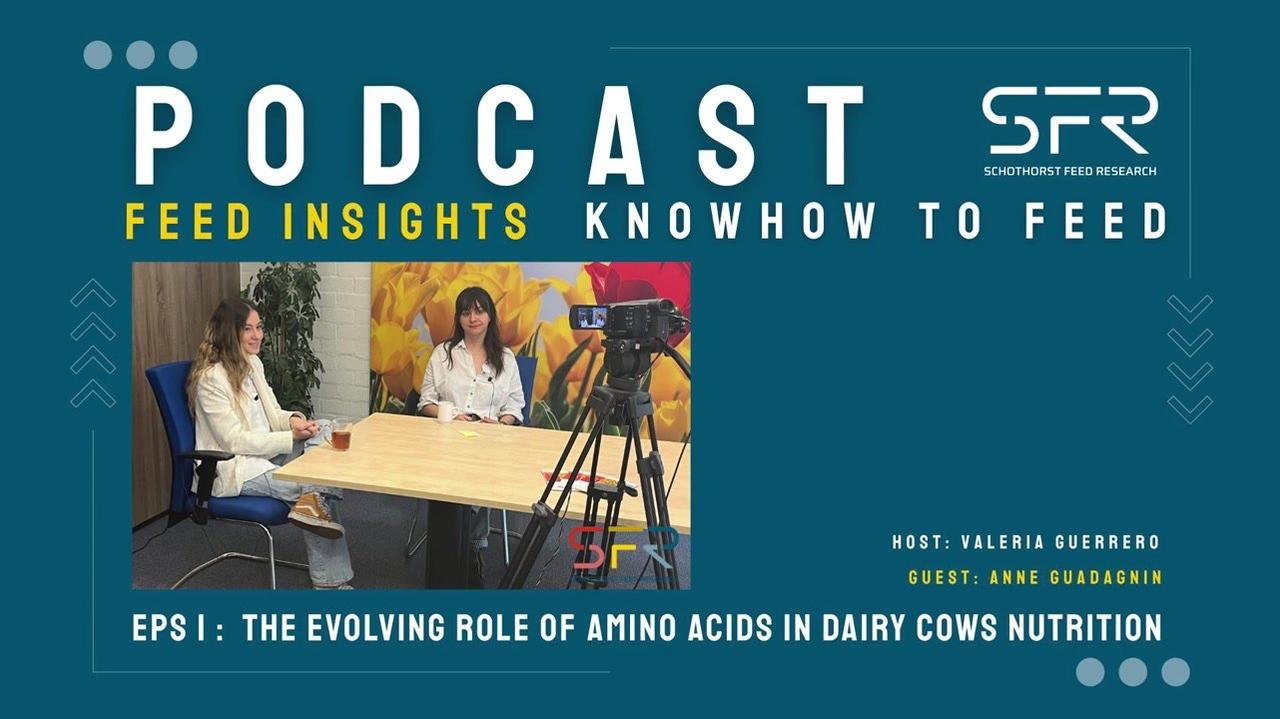
-
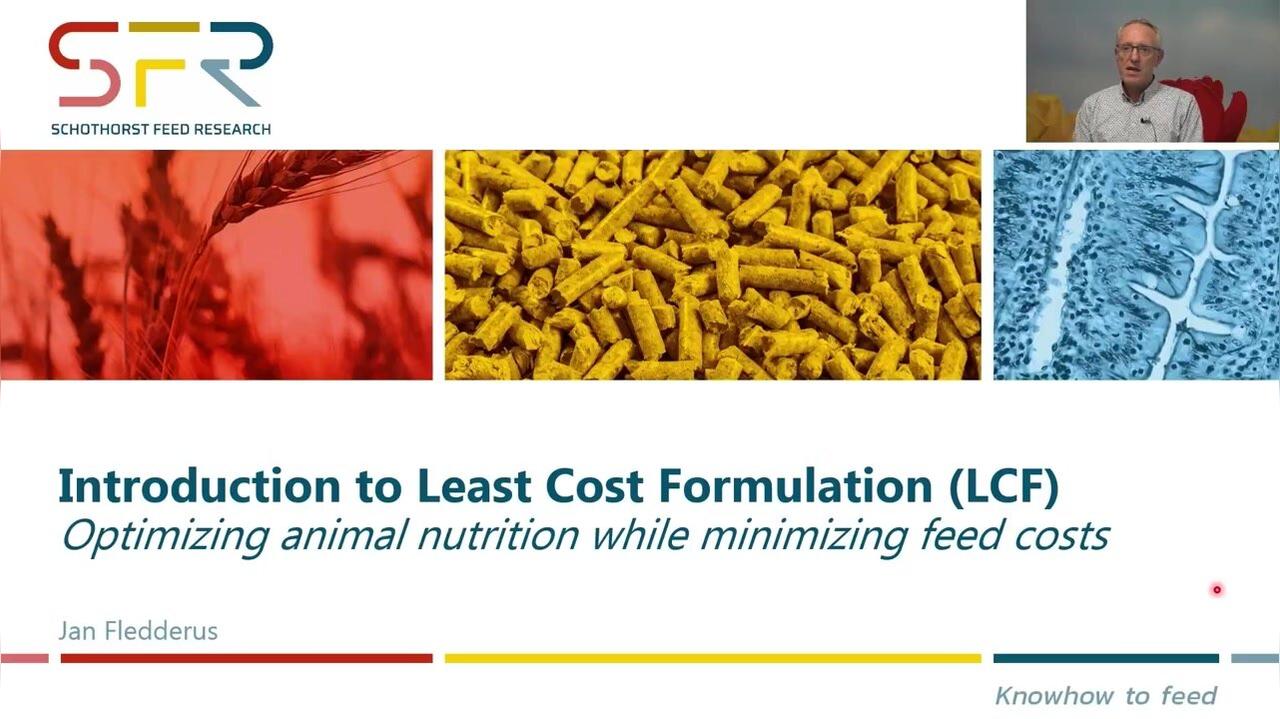
-
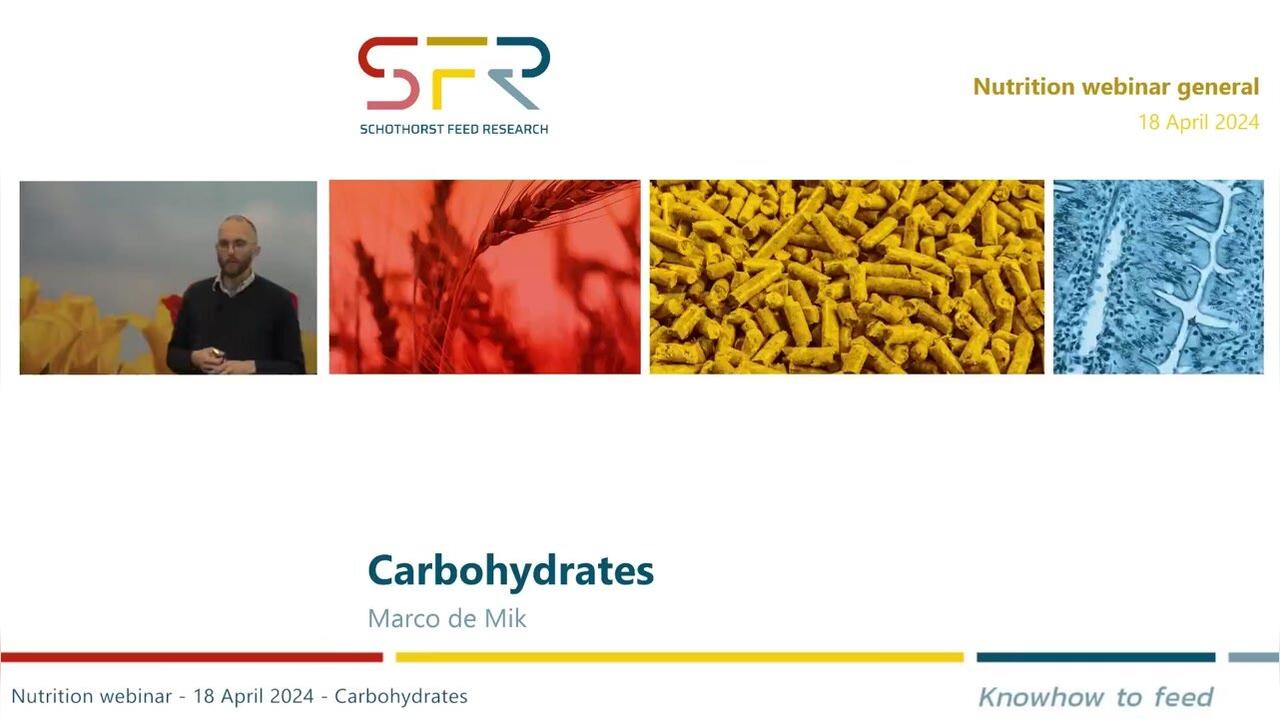
Carbohydrates
Carbohydrates consists of one or more monosaccharides, including glucose, fructose, galactose, fructose, xylose, ribose. The type of glycosidic bond determines how the (complex) carbohydrates are broken down in the intestinal tract, dependent on the species (foregut vs hindgut fermenter). Altogether, carbohydrates are an important source of energy and valuable to understand the dynamics of carbohydrate digestion and metabolism. The following topics will be discussed in this webinar: - Stru...
-
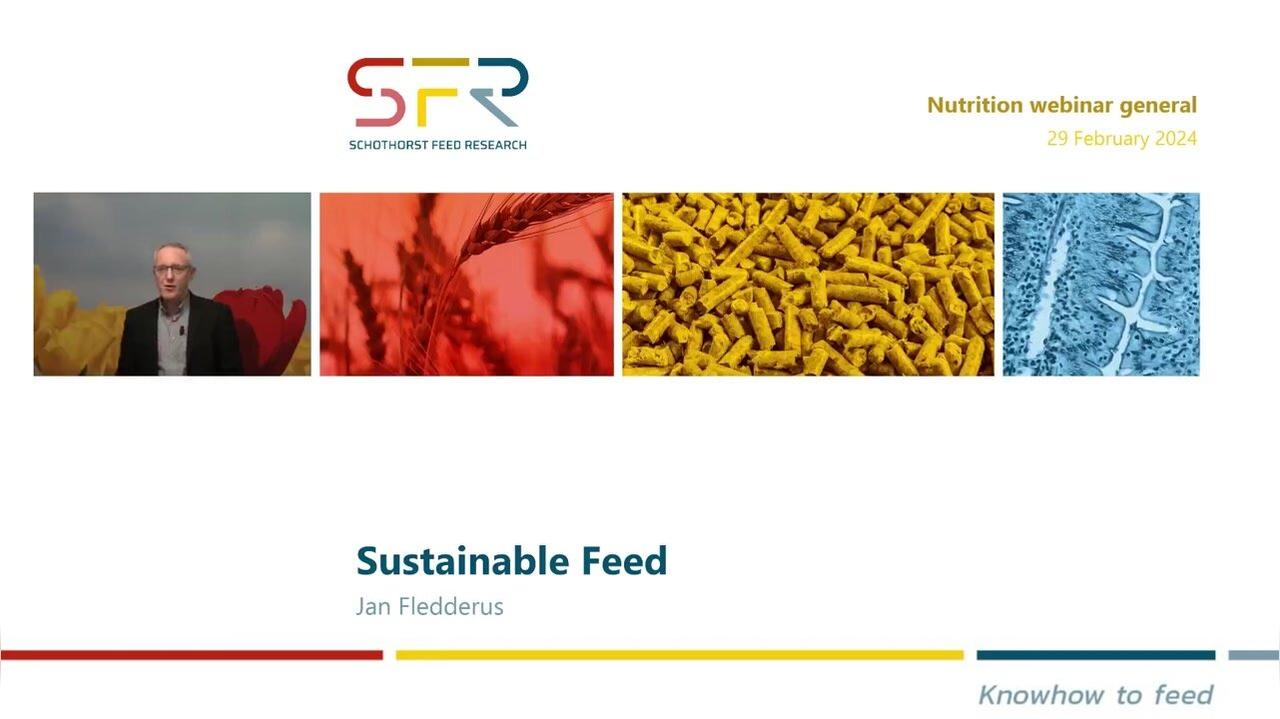
Sustainable Feed
- Governments are taking steps to make farming more sustainable. Supermarkets and consumers have a decisive role to play, to stimulate the demand for more sustainable products. This raises several questions for the feed industry, like how to define sustainable feed, what are realistic targets and what are the effect on feed costs? - This webinar is focussing on feed ingredients and how targets for sustainability affects feed formulations and feed costs. Topics that are presented are: - Backgr...
-
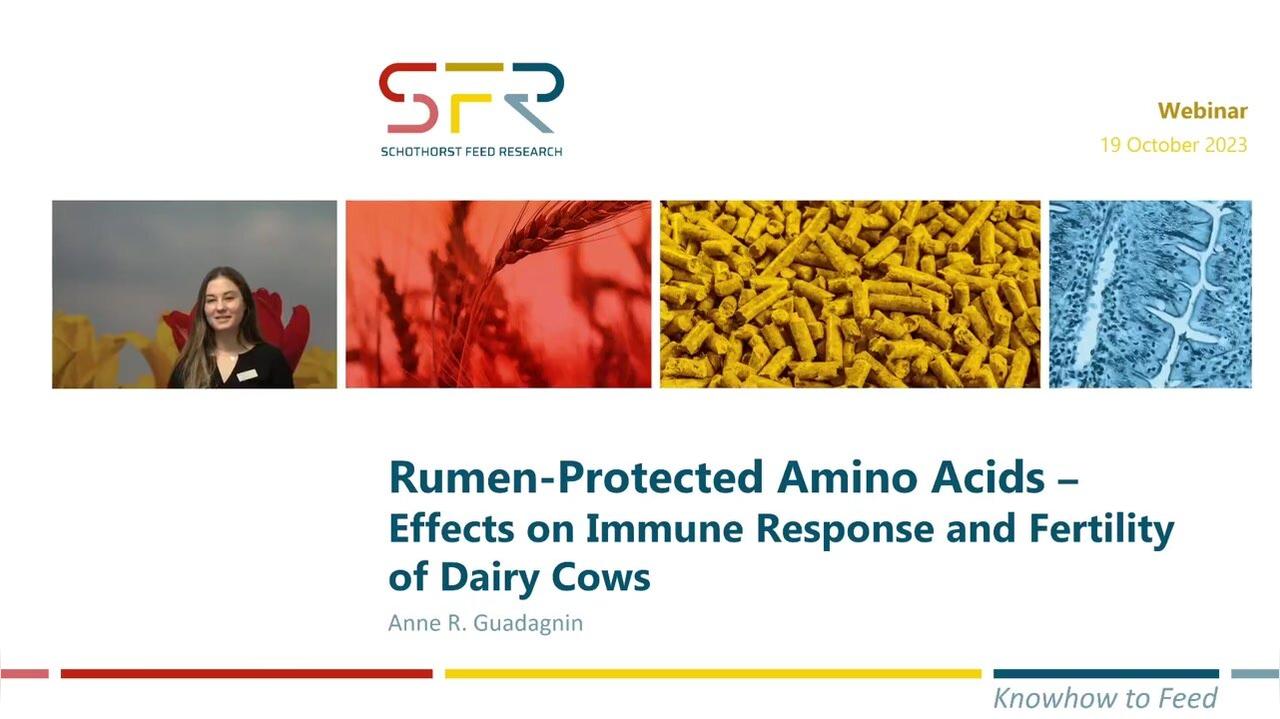
Effects of Rumen-Protected Amino Acids on Immunity and Fertility
In terms of nutritional significance, some amino acids are considered more importance than others depending on the specific stage of the cow’s productive life and the response expected, whether milk production, fertility, or immune response. Although amino acids requirements for specific functions are limited, research on the functional role of amino acids has progressively increased over the past decade as a consequence of the increased interest in improving N utilization in dairy farms. Thu...
-
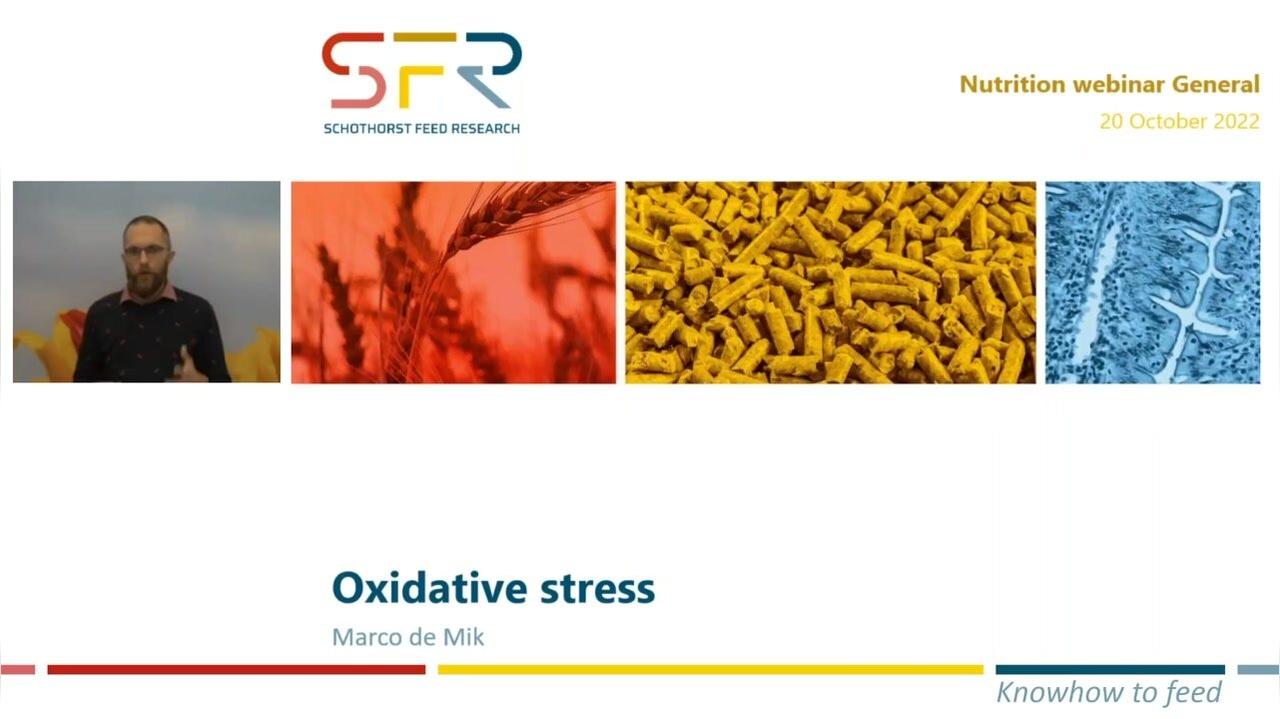
Oxidative stress
Oxidative stress is most simply defined as an imbalance between oxidants and antioxidants, resulting in cellular injury and activation of pathologic pathways. Increased levels of oxidative stress lead to increased levels of protein and lipid damage. This can be detrimental for animal health and performance. Understanding the nutritional strategies to alleviate oxidative stress is crucial to maintain their health and performance.
-
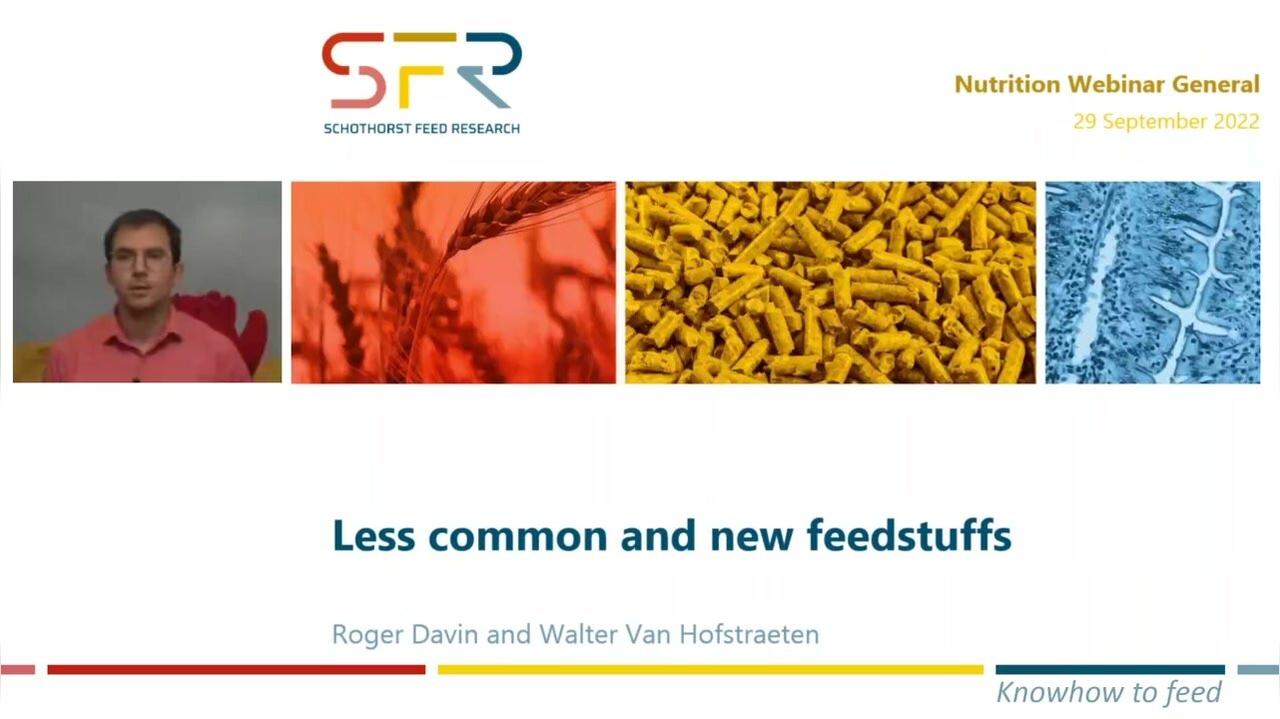
Less common feedstuffs
SFR as an independent knowledge institute on animal nutrition regularly receives questions on the use of less common and new feedstuffs (temporary) available in specific world areas. In the present webinar an overview of the use of hemp, camelina, groundnut/peanut, cotton and egg products will be given.
-

-
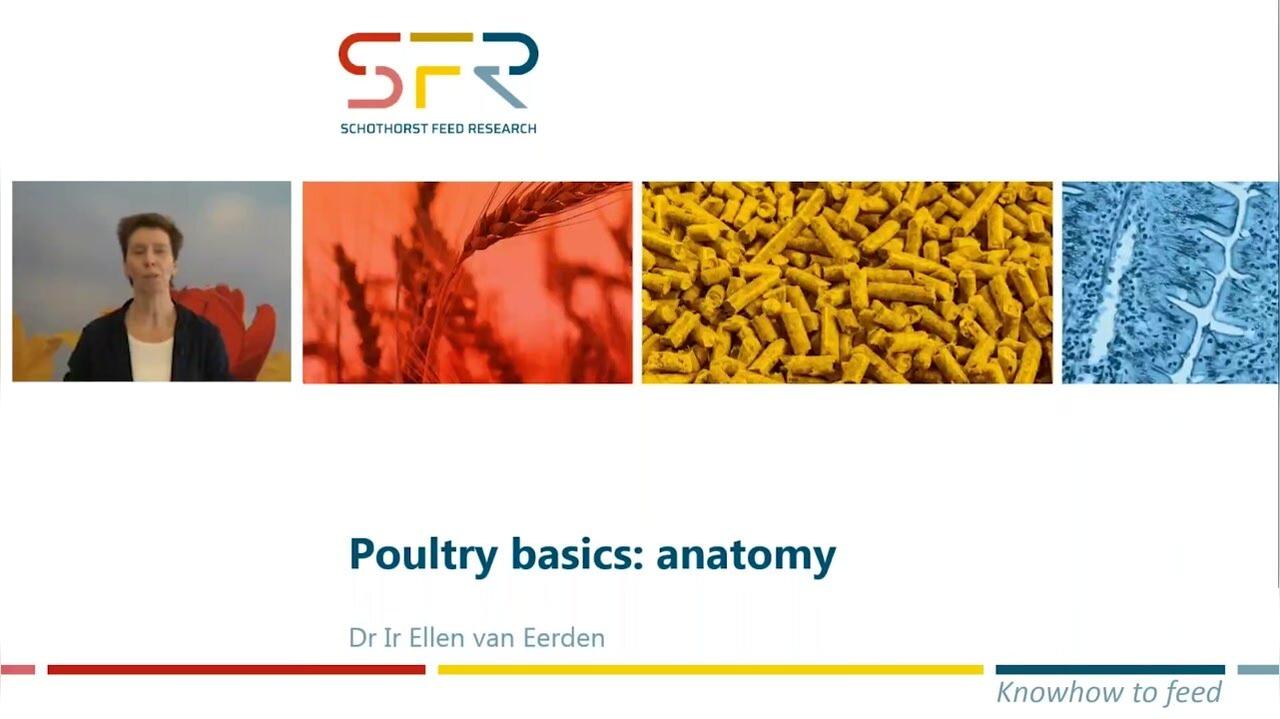
Poultry basics: anatomy
Refreshment of your knowledge for a better understanding of the intestinal tract and to support further learning on poultry nutrition.
